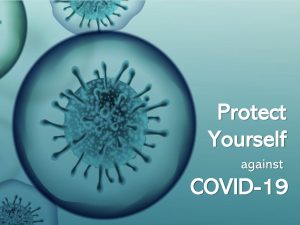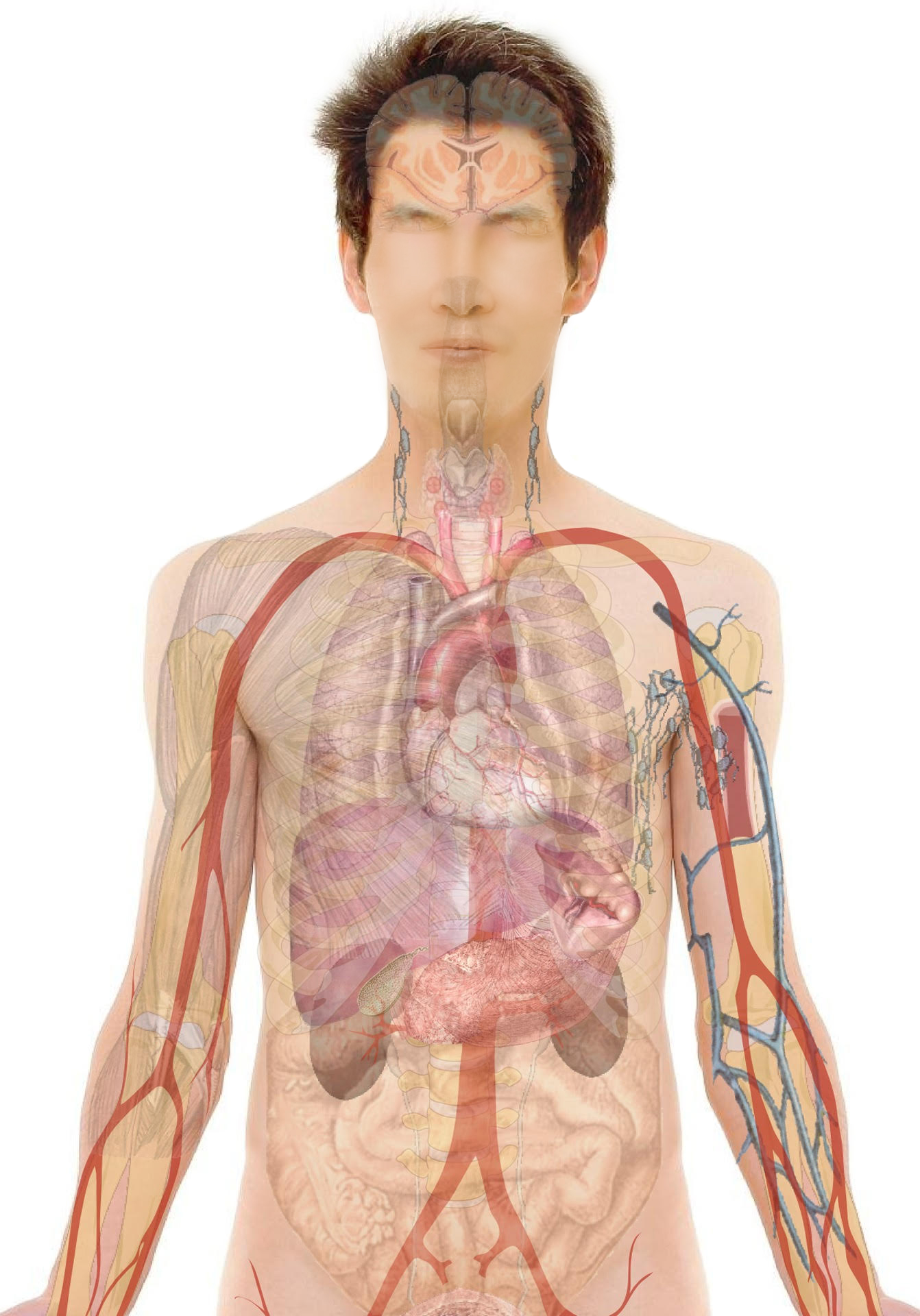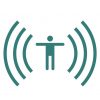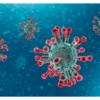Definition and Causes:
Definition:
A neuromuscular (nerve and muscle) disorder arising from an injury resulting from the abnormal activity of the body’s immune system (autoimmune-mediated injury) leading to fluctuating muscle weakness and tiredness (fatigue). The weakness increases during periods of activity and improves after periods of rest. In most individuals with myasthenia gravis (MG), life expectancy is not shortened due to the disease.
Causes:
Normally the electrochemical signals (impulses) travel down the nerves; the nerve endings in response release a brain chemical (neurotransmitter substance) called acetylcholine, which travels through the neuromuscular junction (where the nerve cells connect with the muscle they control) and binds to receptors which are activated and generate a muscle contraction.
In MG, antibodies block, alter, or destroy these receptors for acetylcholine at the neuromuscular junction which prevents muscle contraction.
Antibodies are produced by the body’s own immune system, which normally protects the body from foreign organisms – mistakenly attacks itself.
Thymus gland dysfunction, including thymic hyperplasia and thymoma, has been suggested to play a role in the formation of such antibodies.

Symptoms:
The disease may affect any voluntary muscle (which controls and perform actions such as, moving an arm to pick up a glass of water). The onset may be sudden, but symptoms are not recognized immediately, one of the reasons being weakness improves after a period of rest.
The initial common symptoms which can easily go unrecognized are as follows:
- Weakness of the eye muscles
- Blurred vision
- Slurred speech
The degree of muscle weakness varies among patients, ranging from a localized form, meaning only limited to eye muscles (ocular myasthenia), to a severe or generalized form in which many muscles may be involved.
Symptoms, which vary in type and severity, may include:
- Drooping of one or both eyelids (ptosis)
- Blurred or double vision (diplopia), due ocular muscle weakness
- Unstable or waddling gait
- Weakness in arms, hands, fingers, legs, and neck
- Change in facial expression
- Difficulty in swallowing and
- Shortness of breath due to the chest wall muscle weakness, which unable the chest to expand and obstructing the free flow of air through the lungs

Investigations and Treatment:
The patient presents with a history of chronic fatigue and muscle weakness, especially of face and throat muscles. It is important to take a detailed history and do a detailed physical and neurological exam. However, delay in diagnosis of 1-2 years is not unusual, especially in patients who have mild weakness or weakness restricted to few muscles.
INVESTIGATION:
The diagnosis can be confirmed by
Edrophonium challenge test:
Individuals with myasthenia gravis, muscle function will improve within 30 to 60 seconds after injecting edrophonium (or neostigmine) into the vein (intravenous). Muscle function improvement lasts up to 30 minutes.
Note: Agents with longer duration of action than Edrophonium, e.g neostigmine (intramuscular) or pyridostigmine (oral) may provide a better assessment in situations where it may be difficult to fully appreciate or quantify the brief response to edrophonium, e.g. infants and children.
Serology (type of blood test which analyzes a component of a blood constituent- serum):
– Antibodies in myasthenia gravis:
A blood test can detect antibodies to acetylcholine (the chemical that transmits messages between nerve and muscle cells).
- Acetylcholine receptor antibodies are detected in
- Approximately 74% of patients with generalized myasthenia
- Approximately 54% of those with ocular myasthenia
- The serum concentration of anti-AChR antibody does not correlate with disease severity
- Anti-MuSK antibodies
- Detected in up to 50% of MG patients who are seronegative for AChR antibodies
Note: While elevated serum concentrations of anti-AChR binding and anti-MuSK antibodies are diagnostic of MG, but their absence does not rule out the disease.
Other diagnostic tests:
– Electrophysiological (EP) tests:
Done through electromyogram (EMG), a machine that records the electrical activity of muscles showing changes in response to nerve stimulation, to assess the transmission of neuromuscular messages.
– CT scan:
A special x-ray, using a computer to record various views and measurements of the thymus, may be done to rule out a tumor of the thymus gland (thymoma), especially in individuals over 40 years of age.
TREATMENT:
- ➢ Treatment of the symptoms (symptomatic
- treatment)
- ➢ Immunotherapy
- ➢ Plasmapheresis/ IVIG
- ➢ Surgery
Symptomatic treatment:
- Individualized according to the patient’s complaints; often based on the extent of functional impairment, age, and sex
- Prevention or treatment of stressors such as infections, physical and emotional stress; may improve symptoms
Note: In the early stages of MG, remissions and spontaneous improvement can occur without any specific therapy.
– Cholinesterase inhibitors
- Often used as initial therapy
- Blocks acetylcholine esterase and prolongs the action of the chemical acetylcholine
- Daily requirements may vary depending on the extent of disease; increase or decrease of symptoms
Agents used are:
- Pyridostigmine
- Neostigmine
Immunotherapy:
Indications
- Refractory or progressive MG
- Inadequate response to cholinesterase inhibitors (agents mentioned above)
- Increasing disability
– Corticosteroids (Prednisone)
- Often improves strength within days to weeks
- Physician may consider beginning at the low dose and titrating upwards according to the improvement
– Azathioprine
- Used as steroid-sparing therapy or adjunct to steroids
- Steroids can then be gradually discontinued (weaned off) or reduced depending on the response to azathioprine
- Effective, but relapses may recur 2 to 3 months after the drug is discontinued or reduced below therapeutic levels
– Cyclosporine A
- Long-term immunosuppression (suppresses immunity, in turn reducing the antibody formation against acetylcholine receptors antibodies)
- Improvement may be detected 1 to 2 months after initiating treatment
- Benefits disappear when treatment is stopped or reduced below required (therapeutic) levels. Some patients may develop adverse effects such as; renal toxicity and hypertension
– Mycophenolate mofetil (MMF)
- Corticosteroid-sparing agent that may be considered in combination with other agents (adjunctive) or as a single agent (primary) therapy in refractory MG
- Faster onset of action than azathioprine
– Cyclophosphamide
- Alternative therapy to other immunosuppressive agents to suppress immunity
- Good response in > 50% of patients initiated on therapy.
- Potential for life-threatening infections
Plasmapheresis/ IVIG:
Indications
- Acute exacerbations
- Myasthenic crises: Severe form of MG leading to a life-threatening condition. It can cause severe breathing problems and respiratory failure
- As a part of pre-surgical treatment to boost strength and improve respiratory status
- Intermittent therapy with other treatments, when the disease is not well controlled
- Used to bridge the gap; until the response to immunosuppressive treatment is apparent
– Plasmapheresis:
- Rapid action – benefits may be seen after one exchange
– Human immune globulin (IVIG):
- Improvement usually occurs within 1 week and may last for months
- Probably relates to down-regulation of offending antibodies
Neuromuscular Respiratory Failure:
It is a critical complication; that lead to respiratory muscle weakness and compromised respiratory function (signs indicating respiratory failure) requiring:
- Endotracheal intubation (passing a tube under anesthesia through the nose into the windpipe to clear the airway obstruction)
- Non-invasive method using positive pressure ventilation (respiratory support without endotracheal intubation), which involves an external device to maintain positive airway pressure within the lungs through the mask and prevents the collapse of airway passages due to malfunctioning muscles
- Cholinesterase inhibitor is stopped
- Course of plasmapheresis or IVIG is given
- Once the patient improves cholinesterase inhibitors are restarted
Surgery: Thymectomy
Goal: To remove thymus, along with the surrounding tissue as these may contain thymic cells. As with any other surgery, there may be a risk of injury to the surrounding nerves.
Indication (uses) and outcome of surgery
- Considered in most patients with MG, except in older patients with other lifelong illnesses or in patients with mild or limited disease (e.g. primarily ocular)
- Post-surgically it may take months or years to see the benefit (due to the persistence of antibody-producing plasma cells)
- Best outcomes are seen in young patients with early disease
Medications

Risk Factors and Prevention:
- Development of acetylcholine receptor antibodies
- Thymic hyperplasia
- Thymoma
Outcome:
- With treatment, patients will have significant improvement in their muscle weakness and they can expect to lead near-normal lives
- During temporary remission in some patients, medication may be discontinued
- The goal to proceed with thymectomy is long-lasting complete remissions
- In a few cases, the severe weakness of myasthenia gravis may cause a crisis (respiratory failure), which requires immediate emergency medical care








